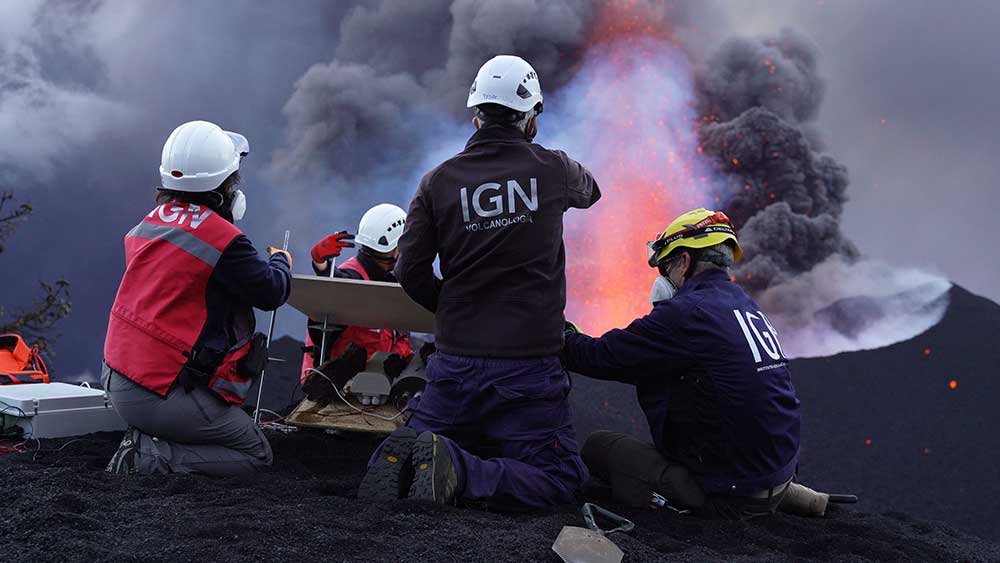Interview with Ivan
FILMMAKER STORIES
Storyworld Name
We Live Among Volcanoes
Year of Production
2022
Location
Canary Islands, Spain

How did you find the story in the first place? Why did you think it was an interesting story to follow?
Both stories I have done so far for LYFTA, We live among volcanos and Marine birds (in post-production), were born out of pure curiosity. This is how I normally start a project. I find a subject or a story that calls my attention and from there I do research and find the characters within that can carry the narrative. Sometimes the character is not a person but a landscape or something more abstract.
For example the film about the volcano started like this: during the eruption the local TV broadcasted 24h a live view of the volcano cone with the only sound of the explosions and the tremor. I watched hours of this live broadcast at night during the first weeks of the eruption. I usually fall asleep listening to the radio but during those days I changed the radio for the sound of the volcano so the curiosity about the science, the experience of such a natural phenomenon and the people who study it on location grew and then I decided to contact LYFTA with a proposal to go to the island and make a short film about the scientists studying the volcano there. Basically I use my projects as an excuse to live experiences I am interested in.